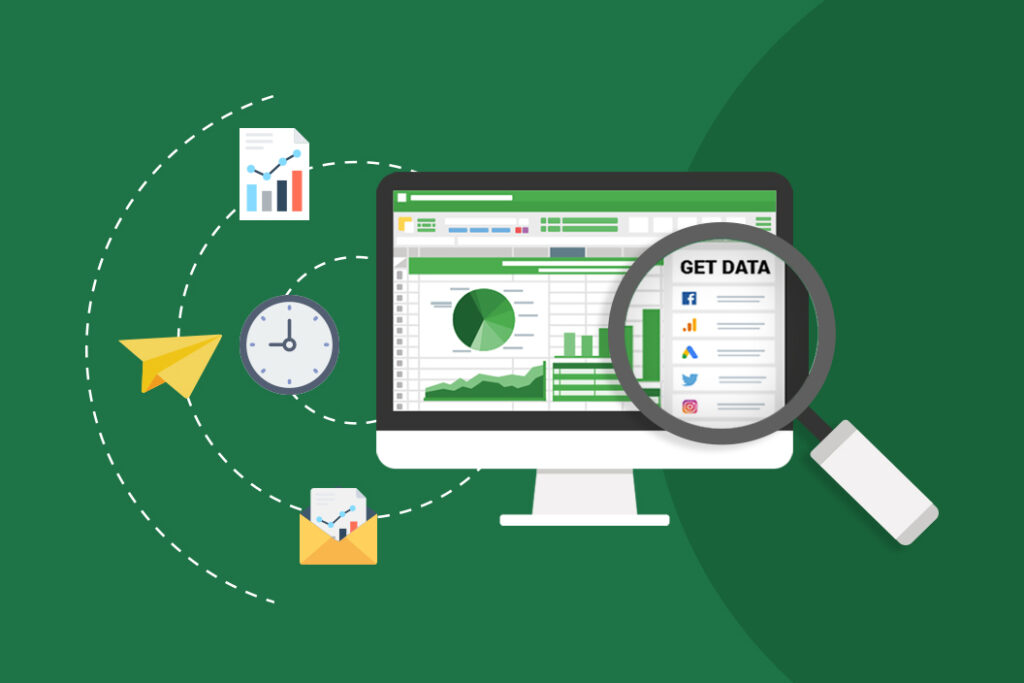Personal Career & Learning Guide for Data Analyst, Data Engineer and Data Scientist
As a data analyst, one of the most common tasks you will perform is counting the number of rows in a spreadsheet that contain specific values. This task can be accomplished using a variety of Excel functions, but one of the most efficient is the COUNTIF function. In this article, we will show you how to use this function to count the number of rows that contain specific values in a spreadsheet.
To start, you will need to open your spreadsheet in Excel. If you do not already have one, you can create a new spreadsheet by opening Excel and clicking on “File” followed by “New.” In the new spreadsheet, you will want to create two columns. The first column will be the one where you will enter the values that you want to count, and the second column will be where you will enter the count of those values.
Once you have your two columns set up, you will want to enter the values that you want to count in the first column. For this example, we will use the values “red,” “blue,” and “green.” You will want to enter each value in a separate cell so that you can count them individually.
Next, you will want to use the COUNTIF function to count the number of times each value appears in the first column. To do this, you will need to enter the following formula in the cell next to the first value: =COUNTIF(A1:A3,”red”). This formula will count the number of times “red” appears in the range of cells A1 to A3.
You will then want to copy and paste this formula into the cells next to the other values, changing the value in the formula to match the value you are counting. For example, the formula for “blue” would be =COUNTIF(A1:A3,”blue”). The formula for “green” would be =COUNTIF(A1:A3,”green”).
Once you have entered the formulas, you will see the number of times each value appears in the first column. In this example, if “red” appears twice, “blue” appears once, and “green” appears once, the count for “red” would be 2, the count for “blue” would be 1, and the count for “green” would be 1.
This is a simple but powerful example of how you can use the COUNTIF function in Excel to count the number of rows that contain specific values in a spreadsheet. Whether you are counting sales data, product data, or any other type of data, this function can help you quickly and easily get the information you need. So why not try it out today and see how it can help you with your data analysis tasks!
Excel Example for Data Analyst – Count rows that contain specific values
 Loading...
Loading...
Latest end-to-end Learn by Coding Projects (Jupyter Notebooks) in Python and R:
All Notebooks in One Bundle: Data Science Recipes and Examples in Python & R.
End-to-End Python Machine Learning Recipes & Examples.
End-to-End R Machine Learning Recipes & Examples.
Applied Statistics with R for Beginners and Business Professionals
Data Science and Machine Learning Projects in Python: Tabular Data Analytics
Data Science and Machine Learning Projects in R: Tabular Data Analytics
Python Machine Learning & Data Science Recipes: Learn by Coding
R Machine Learning & Data Science Recipes: Learn by Coding
Comparing Different Machine Learning Algorithms in Python for Classification (FREE)
There are 2000+ End-to-End Python & R Notebooks are available to build Professional Portfolio as a Data Scientist and/or Machine Learning Specialist. All Notebooks are only $29.95. We would like to request you to have a look at the website for FREE the end-to-end notebooks, and then decide whether you would like to purchase or not.
